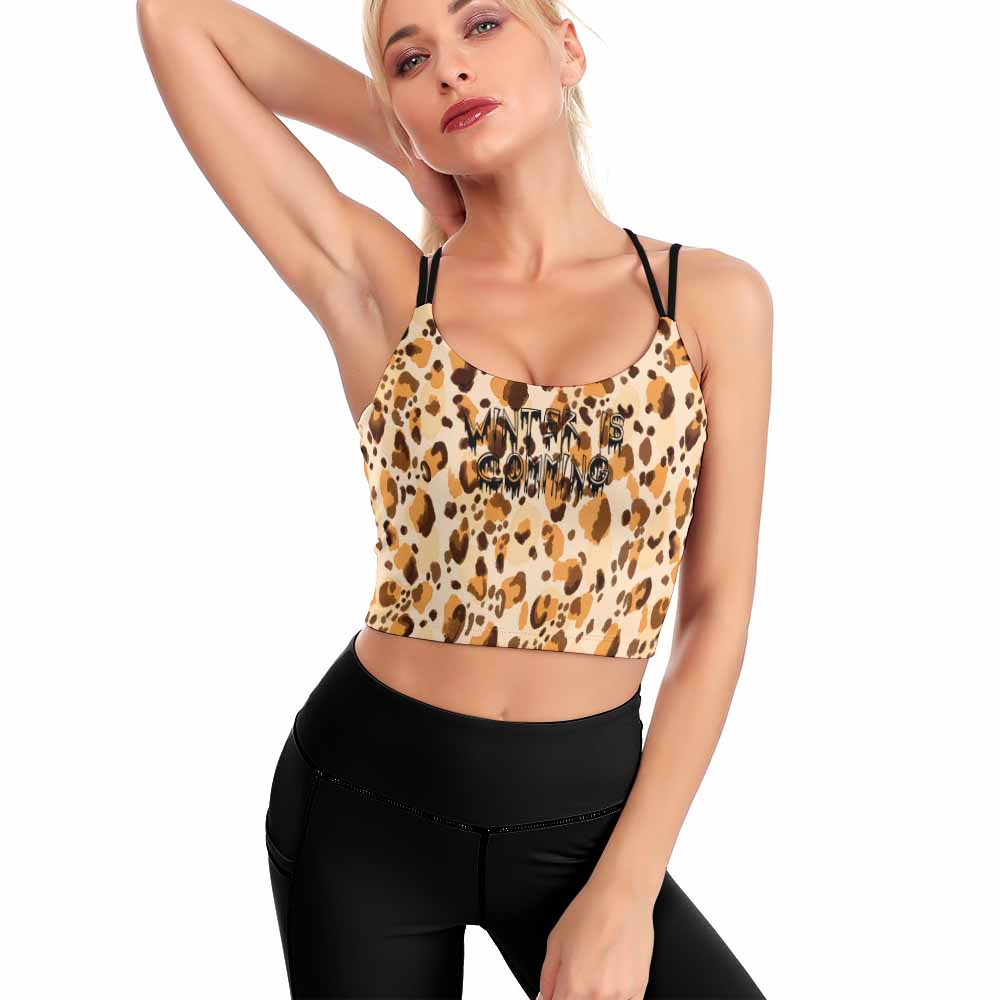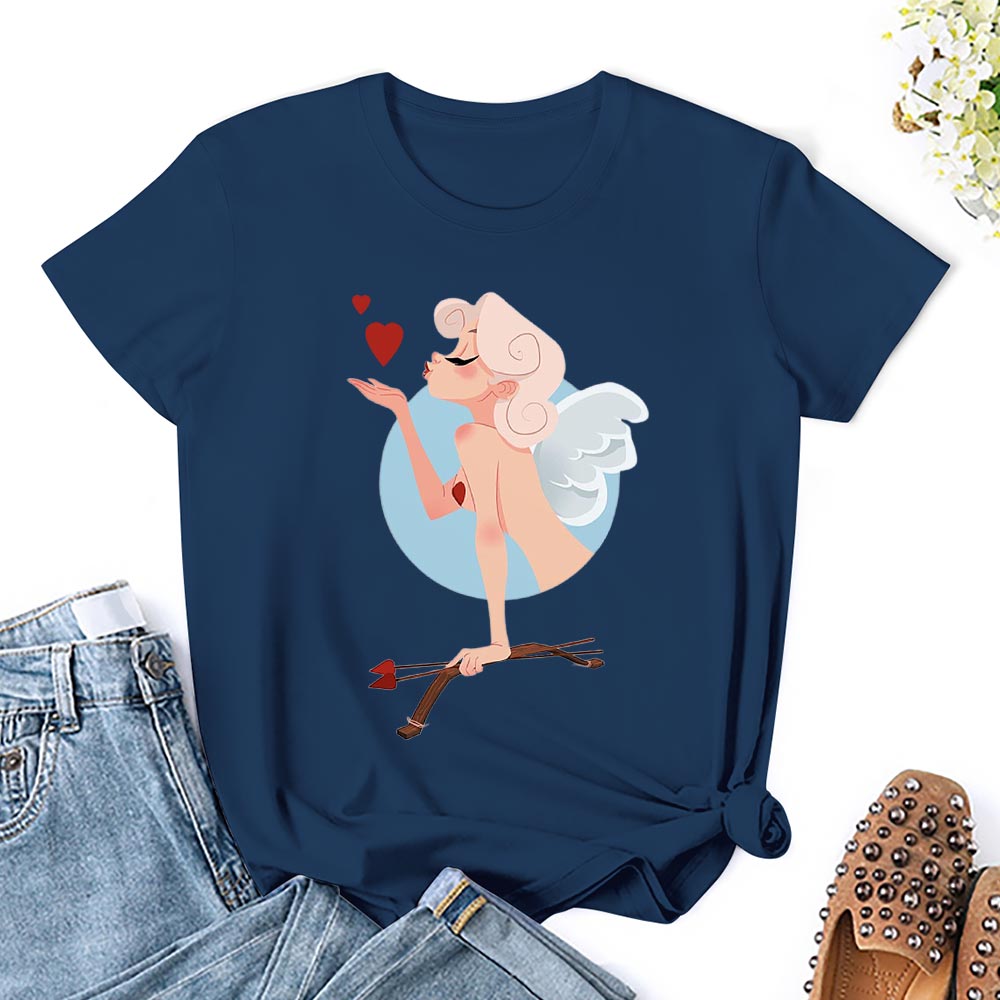All-Over Print vs. Placement Prints: Which Works Best for Your Brand?
When it comes to print-on-demand apparel, choosing the right print placement is just as important as selecting the design itself. The two most popular placement options are the classic Placement Prints and All Over Print (AOP). If you're new to print-on-demand apparel and unsure how to choose between these two options, you've come to the right place. Which one is right for your business and brand? In this article, we'll compare these two options in detail, examining their technical differences, design potential, costs, and marketing value to help you make the right choice.
What is All Over Print or AOP?
It's not as complicated as you might think. AOP technology is a printing method that extends the design across the entire garment, covering the entire surface from edge to seam, rather than just a single piece of fabric. AOP allows the entire surface to become your canvas, allowing designers to create bolder, more striking designs while also allowing for more detailed patterns. Imagine having Van Gogh's starry sky spread across your T-shirt or hoodie,how cool!
This apparel printing technique goes beyond the limitations of small logos and other targeted prints, unlocking limitless creativity. This also makes it more complex and requires more consideration.
Here's an explanation of all-over printing:
This technique is most commonly achieved through sublimation printing or cut-and-sew production. In sublimation, designs are first printed onto transfer sheets and then heat-pressed onto polyester fabric, ensuring the ink bonds with the fibers for a vibrant, long-lasting result. In cut-and-sew, fabrics are printed before being stitched into garments, allowing for seamless patterns that wrap around the body.
Advantages and Limitations of All-Over Printing
| Advantages | Limitations |
|---|---|
| Complete design | Complex design process: requiring clear, high-quality seamless artwork and alignment |
| High visual impact | More expensive than traditional printing |
| Applicable to a variety of products | High requirements on cutting and sewing technology, long production time |
| Suitable for brand promotion and able to create unique high-end products | Polyester or polyester blends only; not suitable for 100% cotton |
What is Placement Print?
Placement Print is also known as engineered print. Unlike AOP, which prints an image across the entire surface, Placement Print prints the design in a specific display location, typically after the fabric is cut or the garment is sewn. In most cases, it's not printed directly onto uncut fabric. Furthermore, the printed pattern is smaller and independent, not requiring alignment or seamless integration with other patterns like with All Over Print. More simply, it involves printing a pattern or logo anywhere on a blank T-shirt. The location can be anything you choose, including the back, chest, or cuffs.
Placement printing can be achieved through 3 primary methods:
digital printing on cut fabric pieces, silk screen printing, and a combined process of printing and cutting with a laser cutter. Digital printing is particularly suited for intricate designs with multiple colors, making it a practical choice for smaller order quantities where setup costs need to stay low. Silk screen printing, on the other hand, is a traditional method that works well for bold, simple graphics and is more economical for large production runs. The print-and-cut method using a laser cutter provides an additional level of precision, ensuring sharper edges and greater accuracy than printing directly onto pre-cut fabric pieces.
Advantages and Limitations of Placement Printing
| Advantages | Limitations |
|---|---|
| Lower cost: cheaper than all over printing | Limited canvas size: designs are limited to specific garment areas |
| Applicable to cotton, blended, polyester and other fabrics | Less impactful on bold or complex designs than AOP |
| Faster production, ideal for bulk orders and simple graphics | Can feel overused or “basic” if not creatively designed |
| Digital, screen printing, laser-cut precision, a variety of printing methods to choose from | Restricted design flexibility compared to full garment coverage |
Which Should You Choose for Your Brand?
That's a good question, and for beginners, it might be a difficult one to decide. But before you do that, you need to first determine your brand image, target audience, and business goals. Both printing methods have their advantages; the key is how they fit in with your business and marketing strategy.
Consider Your Brand Identity
Are you looking to create a fashion-forward, street-style brand or a minimalist, professional, or understated one? If it's the former, then All-Over Print is for you. AOP apparel allows your print to stand out and leave a lasting impression. Millennial and Gen Z fashionistas appreciate this unique and visually striking product.
On the other hand, brands that prioritize a minimalist, professional, or understated brand image are better suited to using placement prints, such as small logos, chest prints, or sleeve graphics. These prints can enhance brand recognition without overwhelming the garment.
Think About Your Target Audience
Don't try to cater to every audience; doing so will only make your brand look unsophisticated and unprofessional. If you specialize in corporate merchandise, team apparel, or niche pod products, your audience will likely prefer prints with clean, straightforward designs and a classic look. For this, nothing beats Placement Print.
Budget and Production Considerations
Budget also affects your brand positioning. As we've mentioned before, AOP has higher requirements and costs, as well as slower production times. If you're considering creating exquisite, limited-edition designs, this effectively positions your brand as a high-end, niche brand. In this case, All Over Print is more practical. This type of brand is destined for low sales volume, as it caters to a narrow audience. This means you don't need large print runs; instead, you prioritize unique product quality and high-quality printing.
Design Complexity and Flexibility
If you're an experienced designer capable of independently creating detailed, unique, and large-scale artwork, I highly recommend AOP because it allows you to fully express your talent across all fabrics. Allover printing allows your artwork to seamlessly blend into the product, becoming the focal point.
In short, all over printing is best suited for brands seeking high-impact visuals and creative freedom, while positional printing is ideal for brands that prioritize subtle design, cost-effectiveness, and versatility.
Does PeaPrint Offer All-over Printing Products?
Yes, PeaPrint offers a wide variety of all-over print products, especially across a wide range of apparel categories. Our best-selling AOP products include the All Over Print T-shirt, All Over Print Hoodies, and All Over Print Swimwear.
For example, our AOP Workout Crop Yoga Tank Top is made from mid-weight fabric that's soft, comfortable, and slightly stretchy. Its cropped, slim fit offers both comfort and style, making it perfect for yoga, sports, fitness, any type of workout, or everyday wear. Beyond apparel, our AOP product line encompasses a full range of products—you name it, we can make them.
Sign up now and start your All-Over Print business!
With our platform, you don't have to worry about production or logistics. Simply upload your design, select your products, and PeaPrint will take care of printing, fulfillment, and direct shipment to your customers. This makes it easy for POD sellers and designers to launch creative, widely available products without the need for upfront inventory or complex production processes. PeaPrint's AOP products provide you with the flexibility and support to bring your brand vision to life.
FAQs
Which materials work best for AOP printing?
AOP is most effective on polyester or polyester-blend fabrics, as sublimation printing bonds best with these materials.
Can I use multi-colored or photographic designs with AOP?
Absolutely. AOP is ideal for complex, multi-color designs, repeated patterns, or high-resolution photographic artwork.
Can AOP designs be customized for small orders?
Yes. PeaPrint support small-batch AOP printing, making it accessible for independent designers and small brands.
How can I avoid mistakes in all-over print printing?
use high-resolution designs to prevent pixelation, align patterns carefully across seams and panels, and select compatible fabrics like polyester or polyester blends. Always order a sample to check color accuracy, alignment, and fit.
Conclusion
AOP is an incredible tool for creatives at any print-on-demand brand, offering endless creative possibilities and the opportunity to create bold, eye-catching products. However, placement print also offers significant advantages. Ultimately, the decision on which to choose depends on your brand and strategy. If you're looking to combine both, remember not to sell both products in the same store, as this can weaken your brand's impact. Try opening two distinct stores to create distinct brand positioning.


